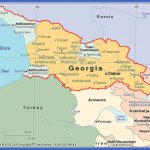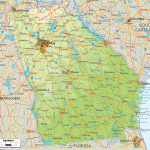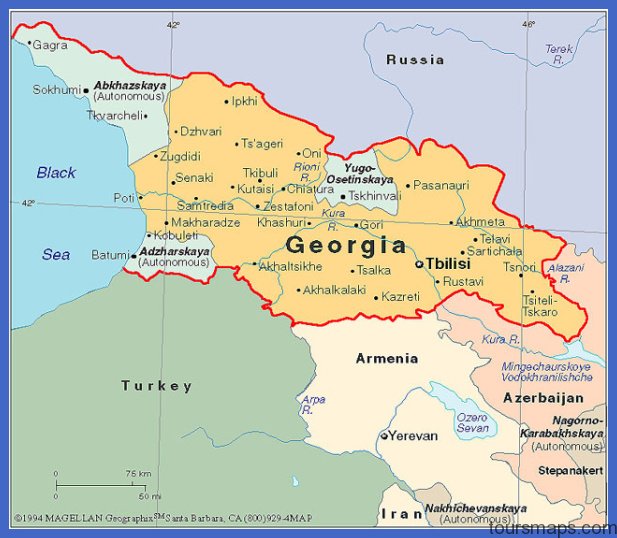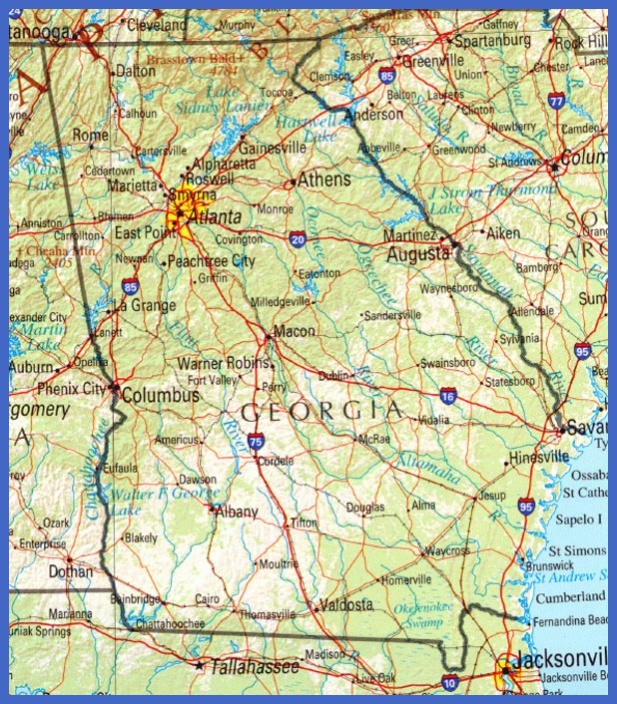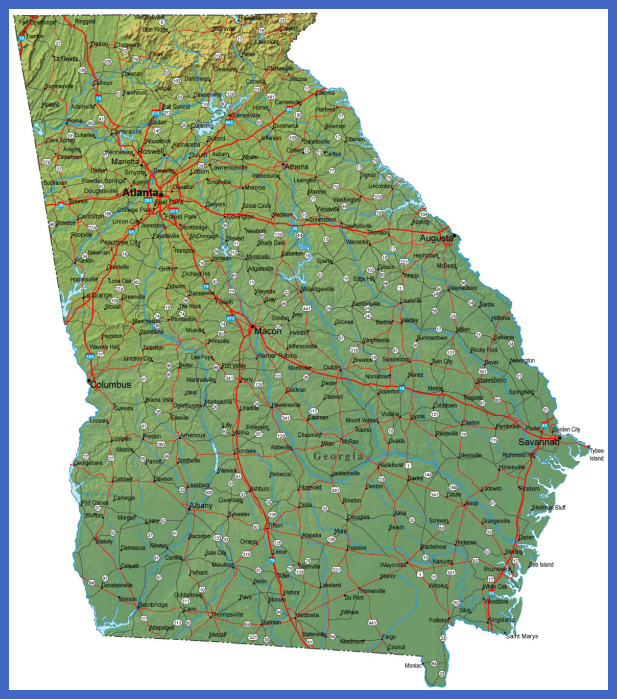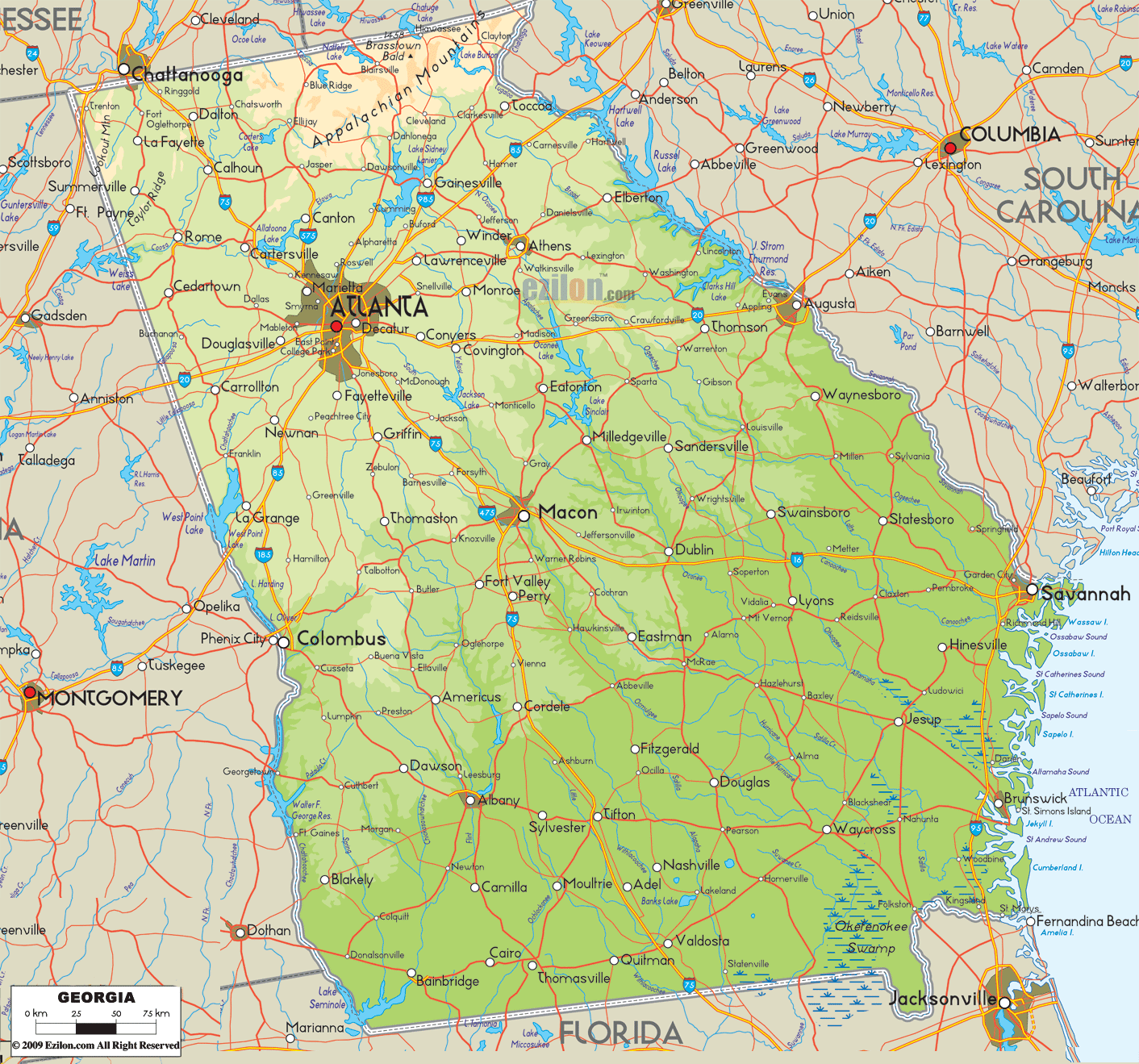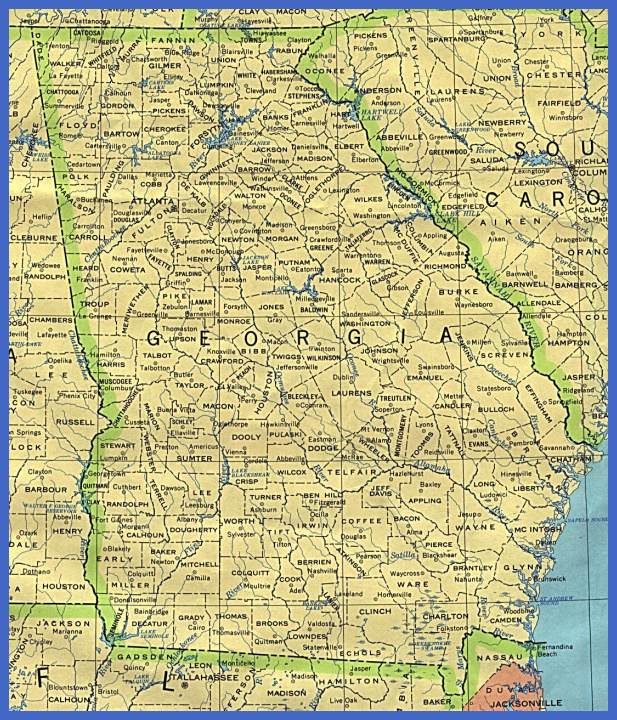Georgia’s Response to Latino Migration
Although the business community has embraced the Latino market, other sectors of Georgian society have been slower to welcome the new residents. Overall, the rapid growth of the Latino population has forced many Georgians to recon-ceptualize the social dynamics of race in the state. In places such as Gainesville, the shift from being one of the whitest cities in the state to one that is sizably Latino has required meeting the challenges of diversity. In the counties where African Americans outnumber whites and dominate the power structure, room has had to be made for minorities of another color.
At first, several African American leaders were reluctant to share power with another minority group. In 2002 there was considerable debate over whether or not to officially recognize Latinos as a minority group. By 2006, however, when the General Assembly debated over the passage of the Georgia Security and Immigration Compliance Act (SB529), all of the African American legislators sided with the Latino legislators in opposing the bill. The bill, which was signed into law in April 2006, is intended to reduce the flow of unauthorized immigrants into Georgia. Minority leaders, however, saw it as a back-door attack on Latinos. One newspaper called it a Latino witch hunt.
SB529 follows on the heels of a number of local ordinances designed to reduce or eliminate the changes that local communities are seeing in response to the increasing Latino population. Some municipalities have enacted ordinances that ban or restrict the use of foreign languages on signs. Others have used anti-loitering laws to restrict day labor, a practice that is common among Latino immigrants without regular jobs. In November 2006, Cherokee County passed the first local ordinance in Georgia making English the official language.
At the same time, many organizations have worked to expand their outreach to the Latino community. In 1998, the Board of Regents of Georgia’s university system, which had long focused on increasing the representation of African American students in higher education, established a task force to study the unmet needs of Georgia’s Latino population. By 2003, a consortium of six state colleges and universities was formed to create the Hispanic Pilot Project. This project is charged with meetings two goals: to increase the number of instructors certified in English as a Second Language, and to encourage Latinos to pursue higher education. This is one of several new initiatives to increase Latino educational attainment in Georgia.
In 2003 Desiree Smith and Beatriz Velez, two Mexican American freshman students at the University of Georgia, founded Students for Latino Empowerment
(SLE). This organization is the first Georgia-based student group organized around improving the socioeconomic position of Latinos. SLE sponsors a number of activities to help Latino adolescents find pathways to college. The inception of this organization followed closely on the heels of the founding of the Georgia Association of Latino Elected Officials (GALEO), a political advocacy group that aims to give a voice to Georgia’s growing Latino population. GALEOs formation was largely in response to the 2002 elections, where Sam Zamarripa, Pedro Marin, and David Casas were the first three Latinos elected to the Georgia General Assembly. In 2005 GALEO was instrumental in organizing the Coalition for a New Georgia, an association of at least 25 groups fighting for Latino rights in Georgia.
These organizations have been influential in helping Latino voices be heard and in halting many anti-Latino bills that have been introduced in the state legislature. In 2002 the Georgia State Supreme Court heard arguments in Smith v. the State. As part of their ruling, the Court upheld a lower court’s determination that Latino ethnicity must be considered in the make-up of jury pools. Prior to that ruling, courts only had to consider whether blacks and women were properly represented.
Because the Dixie Diaspora is a relatively new phenomenon, the Latino presence in Georgia is still viewed by many Georgians as a novelty. Among these Georgians, there is a sense that the Latino stay in the state is temporary. The history of states such as Texas, California, and New York suggest that this is not the case. It is more likely that the Latino population in Georgia will continue to grow, and Latinos will continue to make vital contributions to the history and culture of the state. It will take some time, however, before all Georgians accept Latinos as full and legitimate citizens of the state.
Map of Georgia Photo Gallery
Maybe You Like Them Too
- Explore Góra Kalwaria, Poland with this detailed map
- Explore Gumdag, Turkmenistan with this detailed map
- Explore Telfes im Stubai, Austria with this detailed map
- Explore Langenselbold, Germany with this detailed map
- Explore Krotoszyn, Poland with this detailed map

